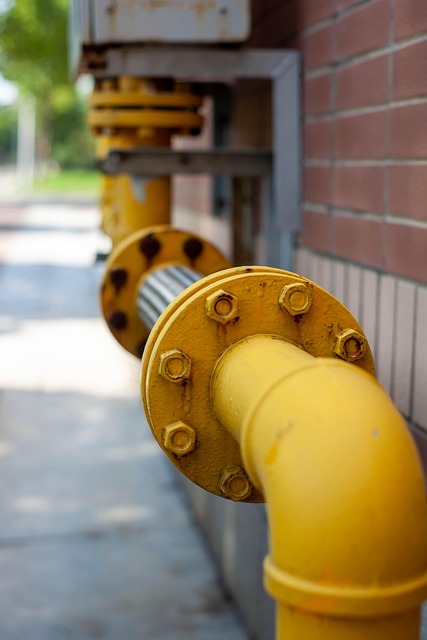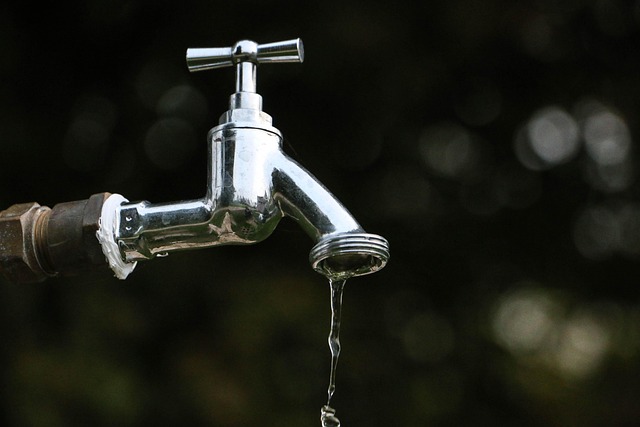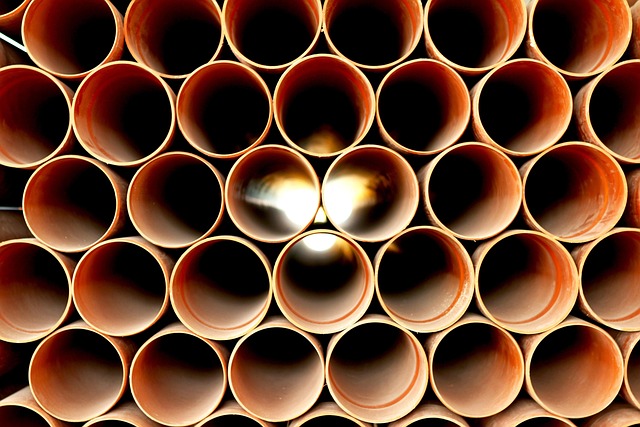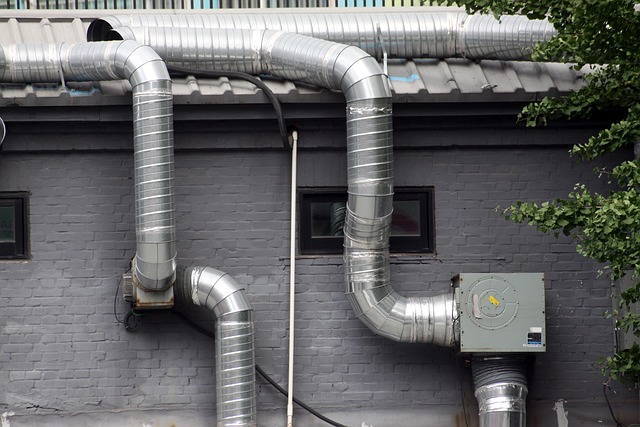Running toilets, often caused by faulty parts like flappers and fill valves, waste significant water daily. These leaks can consume up to 20 gallons per day, impacting finances and exacerbating global water scarcity. Prompt identification through signs like continuous water flow or sudden bills is key. Regular maintenance, quick repairs, and installing low-flow fixtures offer effective solutions to conserve water and reduce costs.
Running toilets aren’t just a nuisance; they’re silent water wasters, flushing away gallons of precious resources each day. This article delves into the world of running toilets, exploring their impact on water consumption and offering insights into identifying problematic signs. We uncover common causes behind this continuous flow and provide practical solutions for efficient repairs. By understanding these issues, homeowners can contribute to conservation efforts, ensuring a sustainable future.
- Understanding Running Toilets: The Silent Water Waster
- How Much Water Do They Consume?
- Identifying Signs of a Running Toilet
- Common Causes Behind the Continuous Flow
- Solutions and Repairs for an Efficient Fix
- Environmental Impact: Conserving Water at Home
Understanding Running Toilets: The Silent Water Waster

Running toilets, often unseen and unheard, are silent culprits in water wastage. These are toilets that continuously run, even when not in use, leaking water down the drain at a steady rate. This seemingly insignificant drip can accumulate to surprising volumes over time. A running toilet can waste up to 20 gallons of water each day, contributing significantly to both personal water bills and the global water crisis.
The primary cause of running toilets is often a faulty flapper or fill valve. The flapper, which covers the drain hole at the bottom of the bowl, prevents water from flowing out until the toilet is flushed. If it doesn’t seal properly, water continues to drip into the bowl and down the drain, leading to constant water usage. Identifying this issue and promptly addressing it through simple repairs or replacement can save a considerable amount of water and money.
How Much Water Do They Consume?

Running toilets are a significant concern in water conservation, as they can waste an alarming amount of water on a daily basis. Each flush alone can use between 1.6 to 7 gallons (6 to 27 liters) of water, depending on the age and type of the toilet. In homes with multiple occupants or frequent visitors, this translates to a substantial water footprint. Over a year, a running toilet can waste hundreds of gallons of water—enough to fill a small swimming pool.
The constant flow of water in a running toilet is often caused by faulty flushing mechanisms, leaks in the tank, or incorrect settings for the flush valve. Regular maintenance checks and prompt repairs are crucial in preventing this wasteful practice. Replacing old toilets with efficient models that use only 1.28 gallons (5 liters) per flush can significantly reduce water usage and contribute to a more sustainable future.
Identifying Signs of a Running Toilet

If you suspect your toilet might be wasting water, it’s crucial to identify signs of a running toilet promptly. One of the clearest indicators is an ongoing, continuous flow of water in the bowl, even when the flush handle isn’t moved. This could be noticed as small ripples or a steady stream, often visible at the water line. Another sign to look for is a constant sound of dripping or running water coming from the toilet, which usually occurs even during off-peak hours like late at night or early morning.
Additionally, your water bill might experience sudden spikes without any apparent increase in household usage. This could be an overt indication that a running toilet is leaking and wasting significant amounts of water. Keep an eye on these signs and act quickly to address the issue; fixing a running toilet can save you money and help preserve our precious water resources.
Common Causes Behind the Continuous Flow

Running toilets, characterized by a continuous drip or gurgle of water, are a common household issue that can waste significant amounts of water. Several factors often contribute to this problem. One of the primary causes is faulty flappers—the mechanisms that seal off the fill valve after each flush. Over time, these can wear out, allowing water to leak constantly into the bowl. Another frequent culprit is an improperly adjusted float or ballcock, which controls the water level in the tank. If set too high, it can prevent the fill valve from shutting off completely, leading to a perpetual flow. Leaking supply lines are also a significant source of wastage, often overlooked but can contribute substantially to water loss over time.
Solutions and Repairs for an Efficient Fix

Running toilets can be a significant source of water waste, but there are several simple solutions and repairs available to fix the issue efficiently. The first step is to identify the cause of the problem. A running toilet often results from leaks in the flapper valve or tank components. Regular maintenance checks and timely repairs can prevent these leaks. Replacing worn-out parts with new, water-efficient ones is a cost-effective solution that significantly reduces water consumption.
Additionally, installing low-flow toilets or dual-flush systems offers substantial water savings. Low-flow toilets use less water per flush, while dual-flush systems provide options for solid and liquid waste, allowing users to choose the appropriate water usage. Other efficient fixes include adding toilet dams or water-saving devices that limit the water filling the tank, ensuring every flush uses only what’s necessary.
Environmental Impact: Conserving Water at Home

Running toilets are a significant environmental concern due to their excessive water wastage. In today’s world, where water scarcity is becoming an increasingly pressing issue, every drop counts. Each leaky or running toilet can waste up to 20 gallons of water daily, which amounts to thousands of gallons of precious water wasted annually. This not only contributes to the global water crisis but also has financial implications for homeowners through higher water bills.
Addressing this problem is crucial as it starts with simple home interventions. Regular maintenance and immediate repairs for leaky faucets or running toilets can significantly reduce water consumption. Homeowners can install low-flow fixtures, such as aerators on faucets and low-flush toilets, which use less water without compromising functionality. By adopting these measures, folks can contribute to conserving this vital resource, ensuring a more sustainable future in terms of water management.
